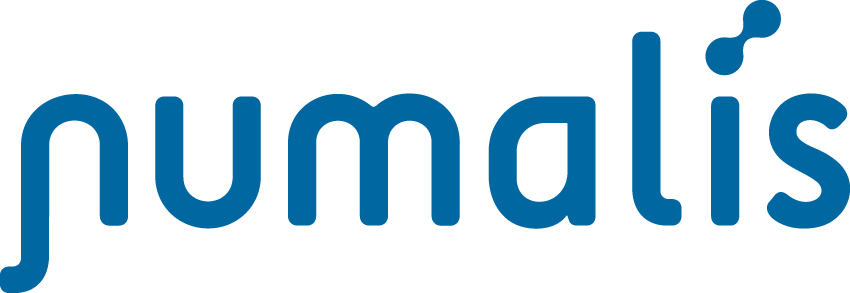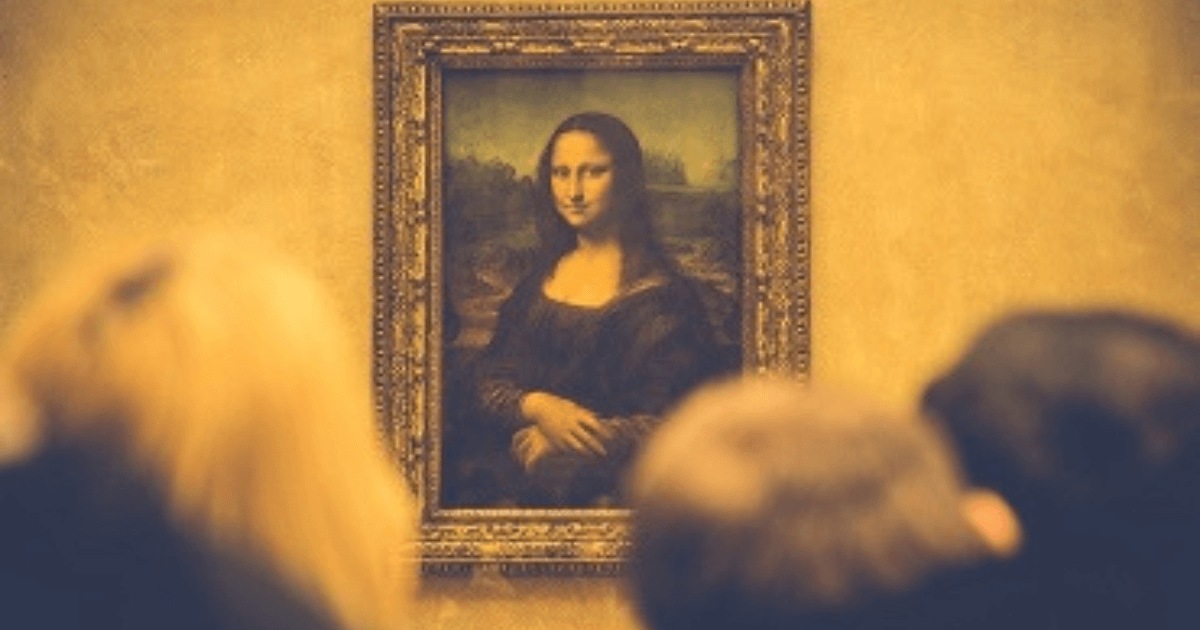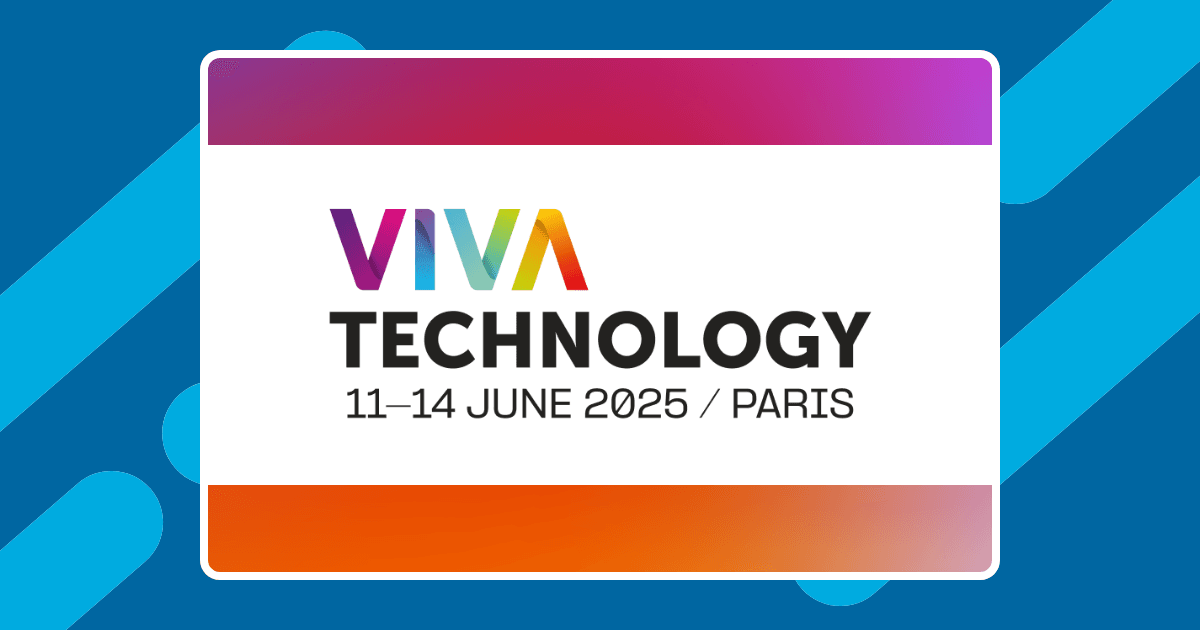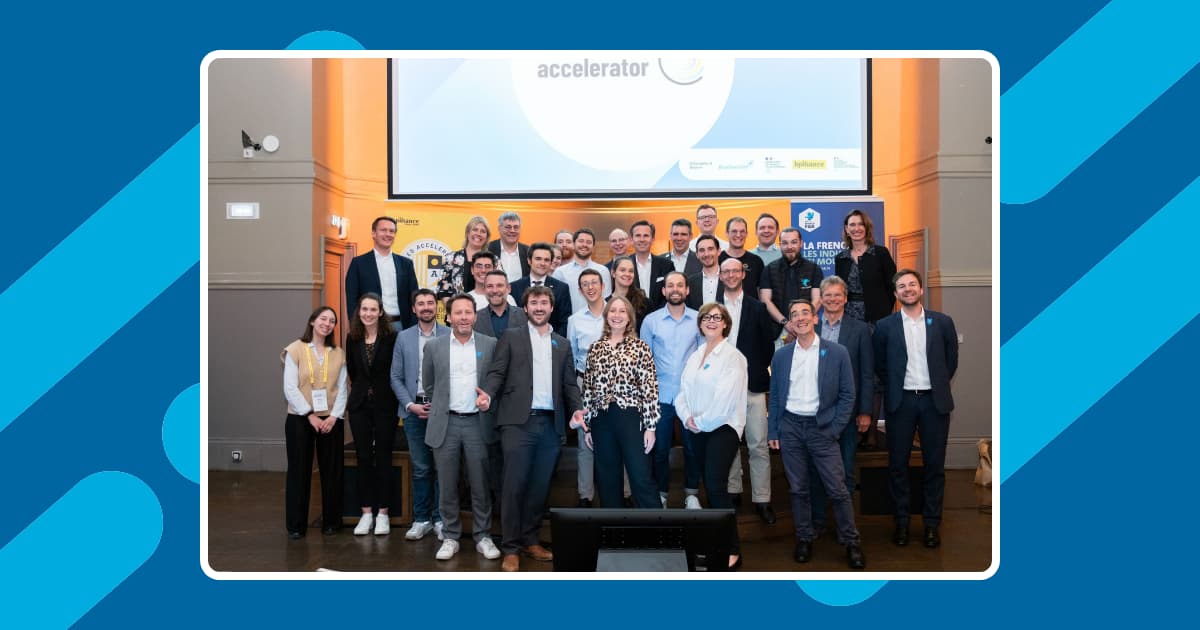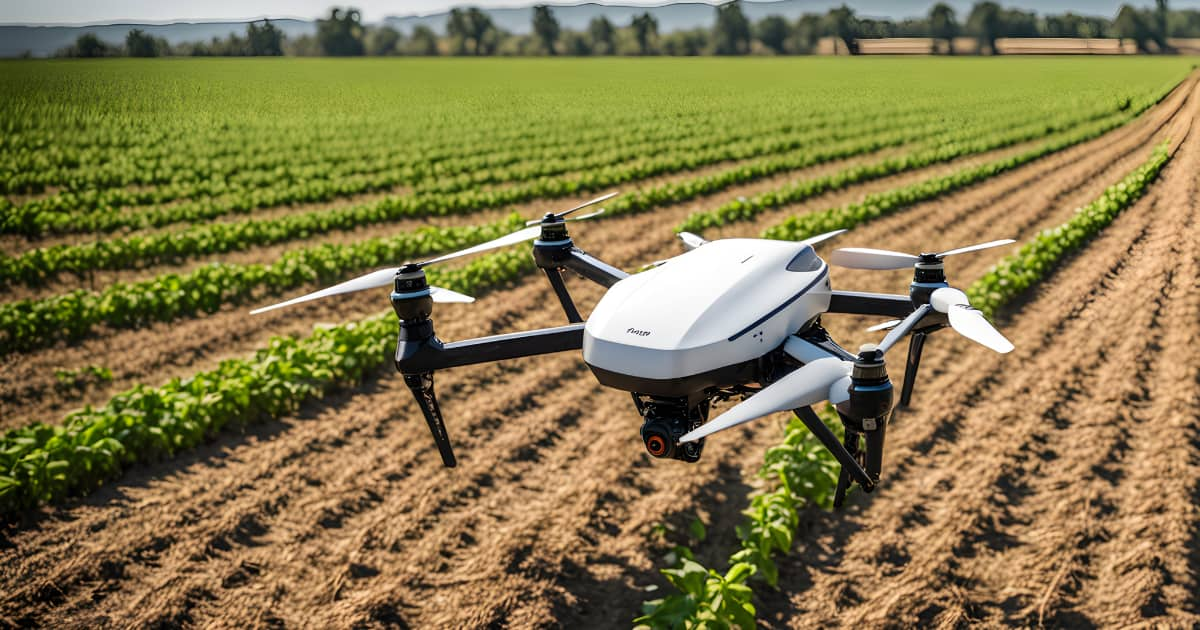Can we talk about creativity for artificial intelligence algorithms? What does this really mean?
Artificial intelligence is credited with many skills : huge computing capacities, high accuracy in terms of image recognition or the automated processing of fastidious tasks. However, AI still has difficulties in areas with fundamentally human capabilities including communication or creativity. Indeed, understanding context, second degree or functioning in new environments are all capabilities that pose problems for AI.
In several artistic fields, AI systems are beginning to be developed with the aim of automatically producing an artistic result that could sometimes rival masterpieces. But can we really talk about creativity when an AI learns from existing data to imitate an art style ?
Can we talk about creativity for AI?
In 2016, an AI-created painting in the style of Rembrandt was presented. It was made using a 3D printer to make the different layers of paint more realistic. The database used to train the algorithm included 300 works by Rembrandt. The realism was such that lay people could not distinguish whether the work was a creation of the painter Rembrandt himself or of an AI system1.
However, the “way of ” portrait is not the result of the creativity of the AI system but the one of the computer engineers who constituted the training base of the algorithm. Indeed, it is them who determined the field of use of the AI system. It could therefore be inferred that the AI has no creative capacity here. The use of supervised learning to reproduce or replicate a style of work is common and is notably the case in the music industry where a Beatles song “Daddy’s Car” was composed by an AI from the company Flowmachine2.
Similarly, in 1997, IBM’s DeepBlue computer beat Gary Kasparov at chess thanks to its computational capacity (far superior to that of a human) based on its training database of thousands of games of the world’s best players. Although this was a turning point for the AI industry, can we say that IBM’s system was truly creative? Again, no, because it used the human knowledge embedded in its database to select its future moves. DeepBlue won by simulation and thanks to its ability to anticipate by deducing several moves in advance3.
Innovation through AI
To really think outside the box, a new type of learning must be used, that of reinforcement, which can be related to trial-and-error methodologies. The successive attempts of the algorithm are here more or less rewarded. The aim is to let an algorithm learn by itself, by providing it only with an environment realizing the rules of a game and a way to measure its performance. So it can allow us to see if the algorithm has won or lost, how many points it has accumulated, etc. The algorithm will then be able to play the game in a different way and be able to play thousands of games, each time reinforcing the winning moves and reducing those that do not lead to victory.
Unlike other supervised learning techniques which guide it in its training, here the algorithm is not constrained in its exploration of the game space. It will thus have more possibilities to develop new strategies. However, the designers still have control over the way in which this reinforcement is structured. The choice of the reward system and the sequencing of the progressive training phases are still left to the designers.
It is on this concept that DeepMind researchers have developed AlphaGo Zero, an algorithm that can develop strategies for several games such as chess or Go. This AI system was able to train against itself through 21 million games of Go in just two weeks4. Following its training, AlphaGo Zero was pitted against Alpha Go (its predecessor, which operates using supervised learning). Out of the 100 games played between these two algorithms, all were won by AlphaGo Zero.
It would thus seem that the algorithm can find new strategies in the space of possible moves, never before envisaged by humans. In the game of chess, specialists were impressed to see that the algorithm rediscovered all the traditional chess openings by itself, even though it took humans centuries to accumulate this knowledge.
Today, AlphaGo Zero continues to improve by developing new strategies by training against itself. However, we should not lose sight of the fact that the fundamental advantage of any algorithm is that in this context it can complete games in fractions of a second, whereas a human would spend hours. Its massive processing capacity makes it more efficient at exploring new strategies and keeping only the best ones.
Finally, we can talk about the Deep Dream Google program designed to generate images from a convolutional neural network. The programme uses neural network structures to make explicit what the neural network has perceived. By forcing the features that the network has discerned, the system produces these images that are somewhat hallucinogenic in appearance5. This technique is similar to pareidolia, which refers to the tendency of the human brain to provide a meaningful interpretation of an ambiguous stimulus, usually visual, so that a person sees an object, pattern or meaning where none exists. This is the case, for example, when a person recognizes shapes in clouds.
Human understanding remains difficult for AI to grasp. However, creativity, considered a typically human skill, seems to be partially reproducible by the machine. Other areas of AI could bring evolutions to the algorithms to enable them to acquire other human skills: such as NLP (Natural Language Processing) or emotional intelligence. Moreover, their developments may further enhance the semblance of creativity in AI, as in the case of the advances made by reinforcement learning.
- L’IA est capable de dessiner, de peindre, de copier…aussi d’inventer. Est-elle un artiste comme les autres ? – ActuIA ↩︎
- Daddy’s Car, une chanson réalisée par une IA dans le style des Beatles — Siècle Digital ↩︎
- Simple Alpha Zero ↩︎
- AlphaZero : l’IA de Google DeepMind devient imbattable aux échecs ↩︎
- Deep Dream Generator ↩︎
